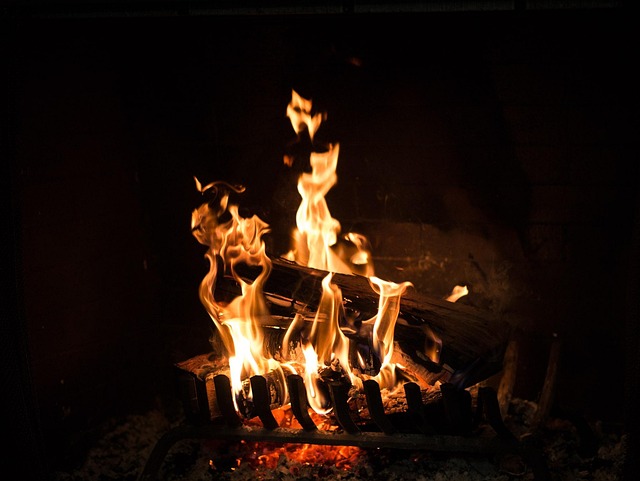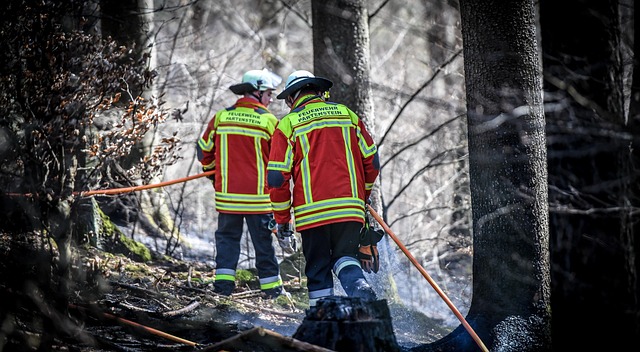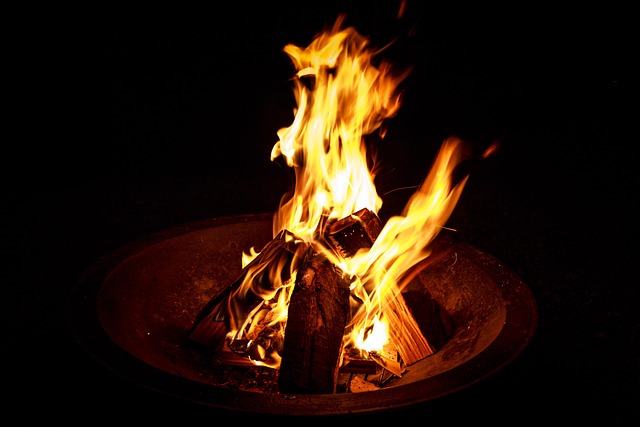In Texas, wildfires and wood-burning contribute to harmful smoke damage, posing health risks like irritation, coughing, and respiratory issues. Mitigation requires specialized cleaning, HVAC maintenance, ventilation, electrical safety checks, and smoke/carbon monoxide detectors to protect residents from smoke inhalation hazards in homes and businesses.
In Texas, smoke damage from wildfires or other sources can pose significant health hazards. This article delves into understanding the extent of smoke damage in Texas homes, exploring the health risks associated with exposure to toxic pollutants. We provide effective removal and prevention strategies to ensure the safety and well-being of residents. By following these guidelines, Texans can mitigate risks and protect their health after smoke events.
- Understanding Smoke Damage in Texas Homes
- Health Risks Associated with Exposure
- Effective Removal and Prevention Strategies
Understanding Smoke Damage in Texas Homes

Smoke damage from wildfires or home cooking can leave behind hazardous remnants in Texas homes. In a state known for its diverse landscapes and frequent weather events, understanding smoke damage is crucial for both homeowners and professionals. When fire passes through an area, it doesn’t just burn structures; it also deposits ash, charred debris, and toxic gases that can infiltrate homes, posing potential health risks to residents.
In Texas, where a significant portion of the population relies on wood-burning stoves or fireplaces for heat during colder months, smoke damage can be prevalent. Even non-fire-related sources of smoke, such as cooking with oil or burning candles, can lead to the accumulation of harmful particles in indoor air and surfaces. Recognizing these issues is essential for ensuring a safe living environment, prompting prompt action from homeowners and professional restoration services to mitigate health hazards associated with smoke damage.
Health Risks Associated with Exposure

Exposure to smoke damage can pose significant health risks, especially in densely populated areas like Texas. The harmful substances present in smoky environments can have long-lasting effects on individuals’ well-being. Short-term symptoms may include irritation of the eyes, nose, and throat, coughing, and difficulty breathing. Prolonged exposure increases vulnerability to more severe respiratory issues, such as asthma attacks, chronic bronchitis, and even lung cancer.
In Texas, where wildfires are a frequent occurrence, residents face elevated risks of smoke inhalation hazards. The state’s diverse climate and natural landscapes contribute to these dangers, making it crucial for people to take precautions when fire threats are imminent. Understanding the potential health impacts is essential for promoting awareness and implementing effective mitigation strategies among Texas communities.
Effective Removal and Prevention Strategies

Effective removal and prevention strategies are crucial for mitigating smoke damage in Texas homes and businesses, ensuring a healthier environment. The initial step involves thorough cleaning with specialized equipment to eliminate residual particles and odors. Professional restoration services in Texas employ advanced air filtration systems and dampening techniques to restore spaces affected by smoke.
Prevention is key to avoiding future issues. Regular maintenance of HVAC systems, proper ventilation during cooking or heating, and promptly addressing any electrical malfunctions can significantly reduce the risk of smoke infiltration. Additionally, installing smoke detectors and carbon monoxide alarms offers early warning systems, enabling swift action to prevent potential health hazards associated with smoke damage in Texas residences and commercial properties.
In Texas, smoke damage can pose significant health hazards, but with proper understanding and strategies, these risks can be effectively mitigated. By recognizing the potential dangers of smoke exposure and implementing proven removal techniques, homeowners across the state can create safer living environments. Proactive prevention measures are key to safeguarding both health and property in the event of smoke intrusion.
